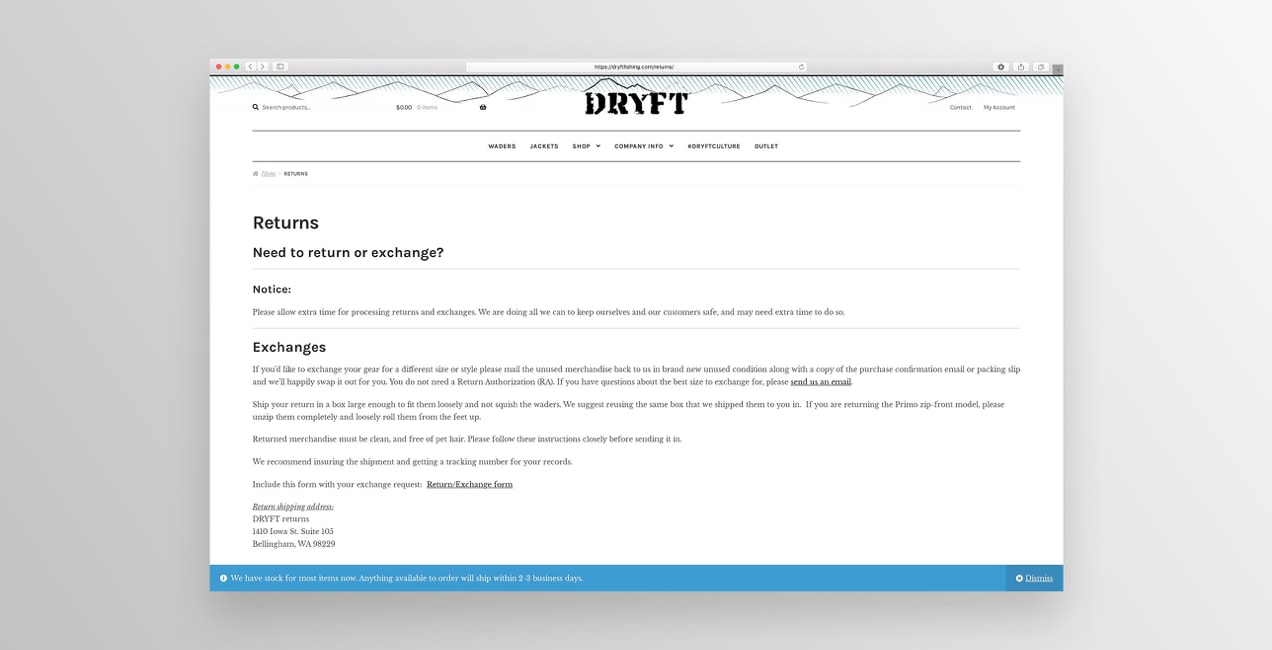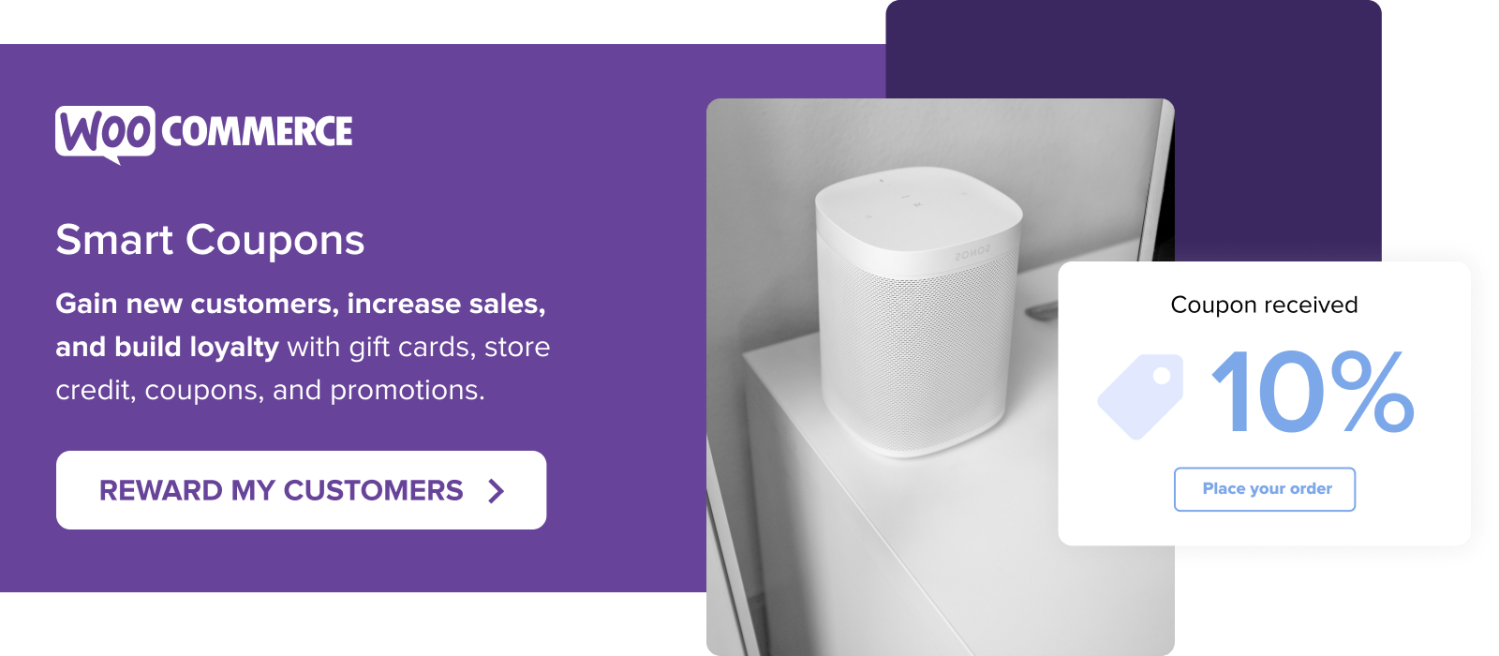Let’s be honest: no business owner enjoys returns. They can be expensive, time-consuming, unpleasant, and tedious. But do returns always have to be so terrible? Can return policies actually help boost your business? The answer is — absolutely.
There are seven common reasons for returns:
- The customer purchased the wrong product
- They no longer need the item
- The product didn’t match its description
- A gift purchase was incorrect
- The product arrived damaged
- The store shipped the wrong item
- The customer bought, used, then tried to return the product.
Returns and return policies are a crucial part of your business plan. 66% of customers review return policies before buying and 80% won’t shop with you again if it’s difficult to return an item.
A poor or nonexistent policy can hurt your reputation quickly via negative word-of-mouth, social media posts, and bad reviews on sites like Yelp, Google My Business, Foursquare, and many others. With an estimated 72% of consumers writing at least one business review online, it’s best to take this seriously.
But a good return policy can benefit your business by building customer loyalty, strengthening engagement, and generating positive buzz. All of this leads to repeat purchases and higher sales.
Keys to a successful return policy
↑ Back to topHere are a few suggestions for making returns less painful and more gainful.
1. Have a clear, written policy
Let’s start with the basics — creating a crystal clear policy in written form that leaves little to interpretation. A well-considered and detailed statement will mean less miscommunication, confusion, hassle, and headaches for your employees and customers. Keep in mind, if you also use a third-party sales channel, it may have its own return policies that must be honored.
An effective return policy should include:
- What items can and cannot be returned.
- What items can be exchanged, credited, or refunded.
- The deadline for returns after purchase date.
- The required condition of returns.
- If a receipt or ID is required.
- How to obtain a return/exchange.

DRYFT Fishing’s policy includes options for both returns and exchanges. They go the extra mile by providing specific instructions for how to package items, details about what to include in the box, and a link to a super simple form so there’s no confusion. They even suggest a shipping carrier.
TermsFeed has more examples of return/refund policies and templates that you can download for free.
What if your store doesn’t accept returns?
Potential customers are still going to look for a return policy, so create and link to a page with that information. It should be clear that you don’t accept returns or issue refunds.
2. Make your return policy easy to find and understand
On your website, add it in the footer navigation, FAQ page, product page, cart, checkout, and any customer service or support menus. Include it in your confirmation or follow-up emails and receipts.
Have one page with all the information. If your policy has a lot of special conditions for different products, start on your main page with general information and link to the finer details on separate pages. Put introductory text at the top of the page that emphasizes your commitment to a quality experience.
3. Be more lenient and flexible
According to a University of Texas study, more lenient return policies led to increased purchases. Researchers also found that extending the return window led to fewer returns.

One example of a laid-back return policy is the Swedish home furnishings giant IKEA, which allows returns of unopened items within a year and opened items within six months. Their cheery and helpful returns page is another great example to follow. Their generosity is consistent with a reputation for value and a pleasant buying experience — undoubtedly key elements to their success.
4. Make the process quick and easy
In addition to the tips above, the process or platforms used to handle returns should be easy to learn and efficient to use. Good news — if you use WooCommerce, you already enjoy a tool offering easy returns and refunds (more on this later).
5. Be friendly
Neither party usually enjoys the returns process and your customers aren’t always thrilled. Don’t make things worse by acting rude or irritated during the transaction. Take responsibility and don’t blame the customer. Note IKEA’s headline at the top of their returns page: “It’s OK to change your mind!”
6. Make returns a sales opportunity
Some stores extend their return period for members. Others make the process easier for email subscribers, who you can reach in the future with discounts and sales.
If appropriate, a customer service representative can suggest specific alternatives to an item being returned (like a different size or feature). They might even offer a discount for the new product. This can flip a return into an exchange and give your store a second chance at providing a product that meets the customer’s needs.
7. Be on alert for fraud
Fraudulent returns are a significant and growing problem. Common schemes include returning stolen merchandise, using false or stolen receipts, and buying something to use with the plan to return it.
Return fraud cost businesses $25.3 billion in 2020, according to the National Retail Federation. The tricky thing about fighting fraud is that most of the measures you would take to address this problem involve making your return policy more stringent. Anti-fraud measures might include requiring receipts or ID, fully intact product packaging, or shorter timeframes, and allowing only exchanges or store credit.
Every business owner should take a long look at their particular situation and balance the need for fraud security against the benefits of a lenient policy. Ask yourself: How large a risk (or ongoing problem) is return fraud for my business? With an eye for balance, adjust your return policy accordingly.
Tools of the return
↑ Back to topWooCommerce offers options for both automatic and manual refunds. Automatic refunds change the order status and reverse the charge. Manual refunds change the order status but require you to manually return money to the customer.
The WooCommerce Smart Refunder extension makes things even easier with a quick, simple, and automated process. You can offer instant refunds, enable customers to request a return from their Account page, and allow both full and partial refunds. And, with the Smart Coupons extension, you can issue either cash refunds or store credits.
Returns are an inevitable part of running an online store. Instead of letting it become a frustration, consider it an opportunity to set yourself apart from the competition. You can turn less-than-thrilled customers into your best advocates with a surprisingly delightful and human-centric approach.
WooCommerce has the tools to simplify your return process — it’s up to you to determine your policies and set your brand’s attitude towards this essential part of customer service.
About





